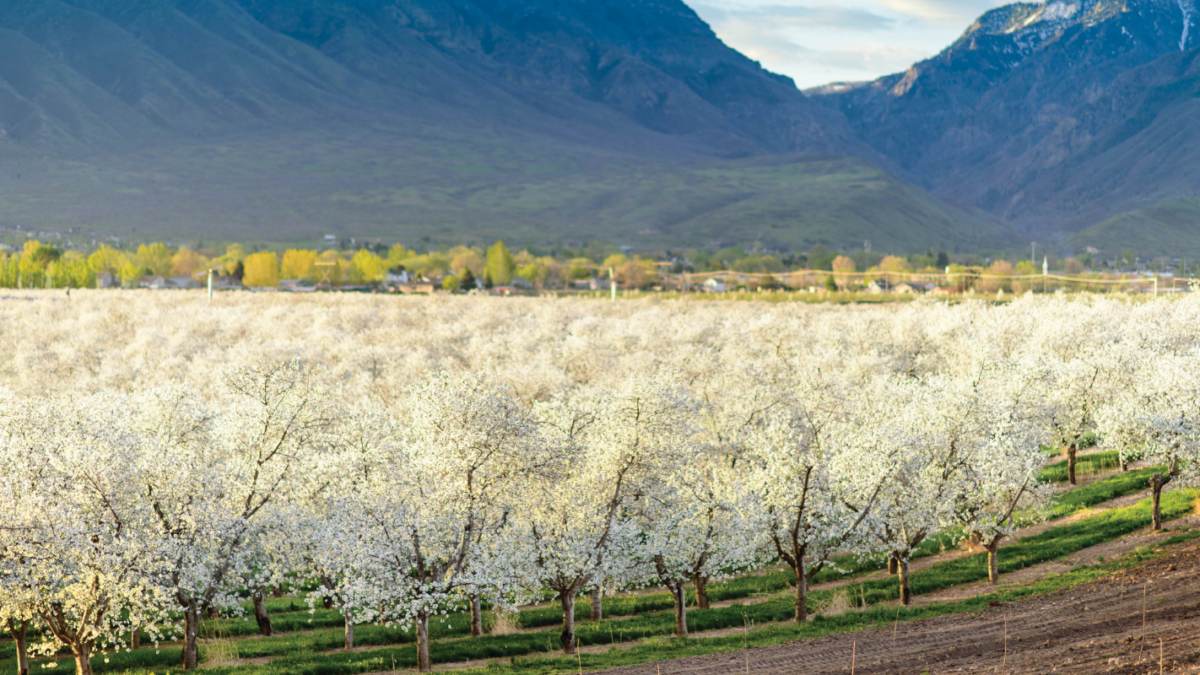
Now that spring is in full force, summer and cherry season are right around the corner. Soon there will be bud swell leading to the undeniable beauty that cherry trees are when in full bloom. Although there is no fruit on the trees just yet, the sight of a blossoming orchard will make anyone want to become a farmer.
While you are driving around appreciating the Montmorency cherry tree’s beauty, here are a few facts about the trees:
We don’t blame you if you feel inspired. If your weather conditions permit, we encourage you to plant a tree. You may fall in love with farming as much as we have.
Source: Arbor Day Blog